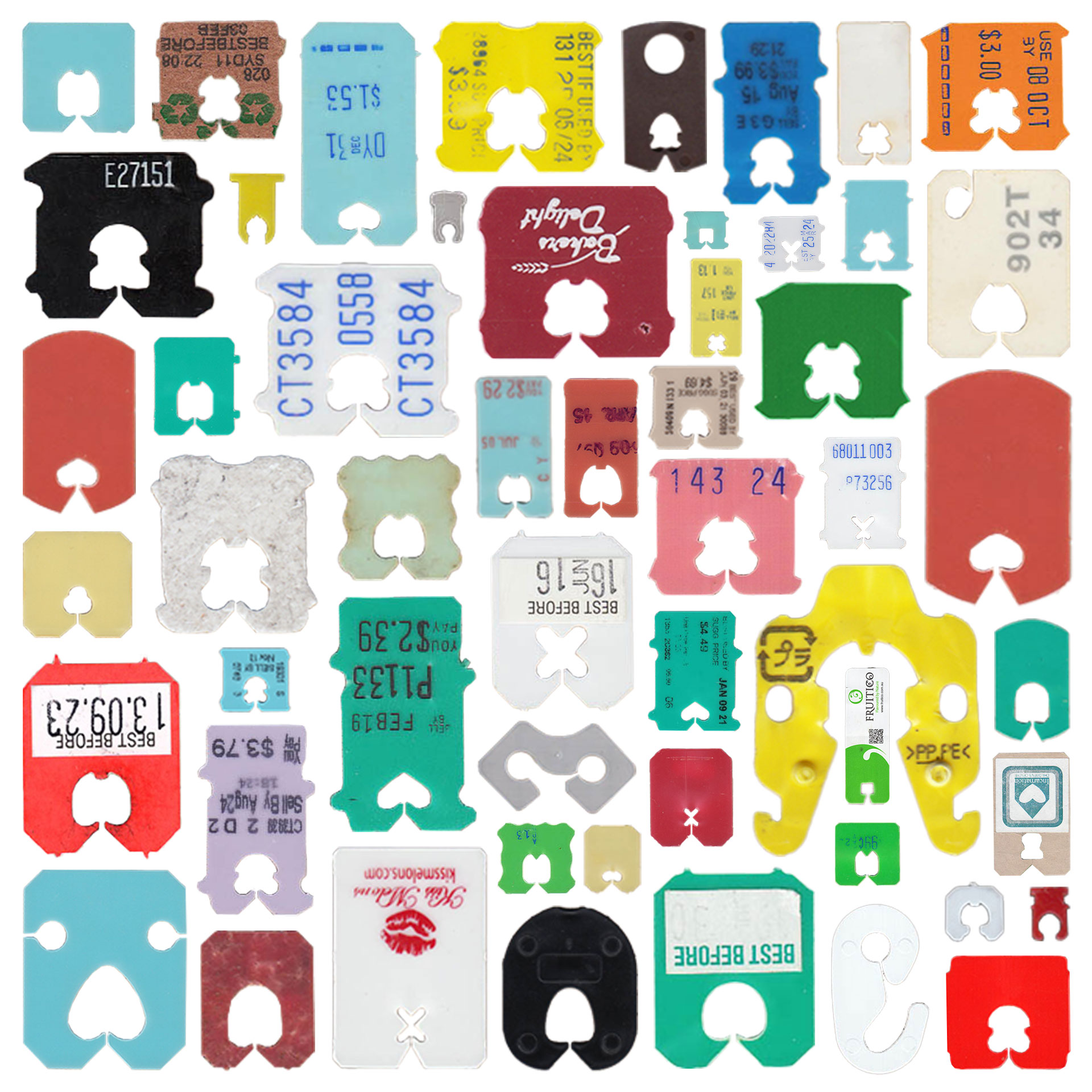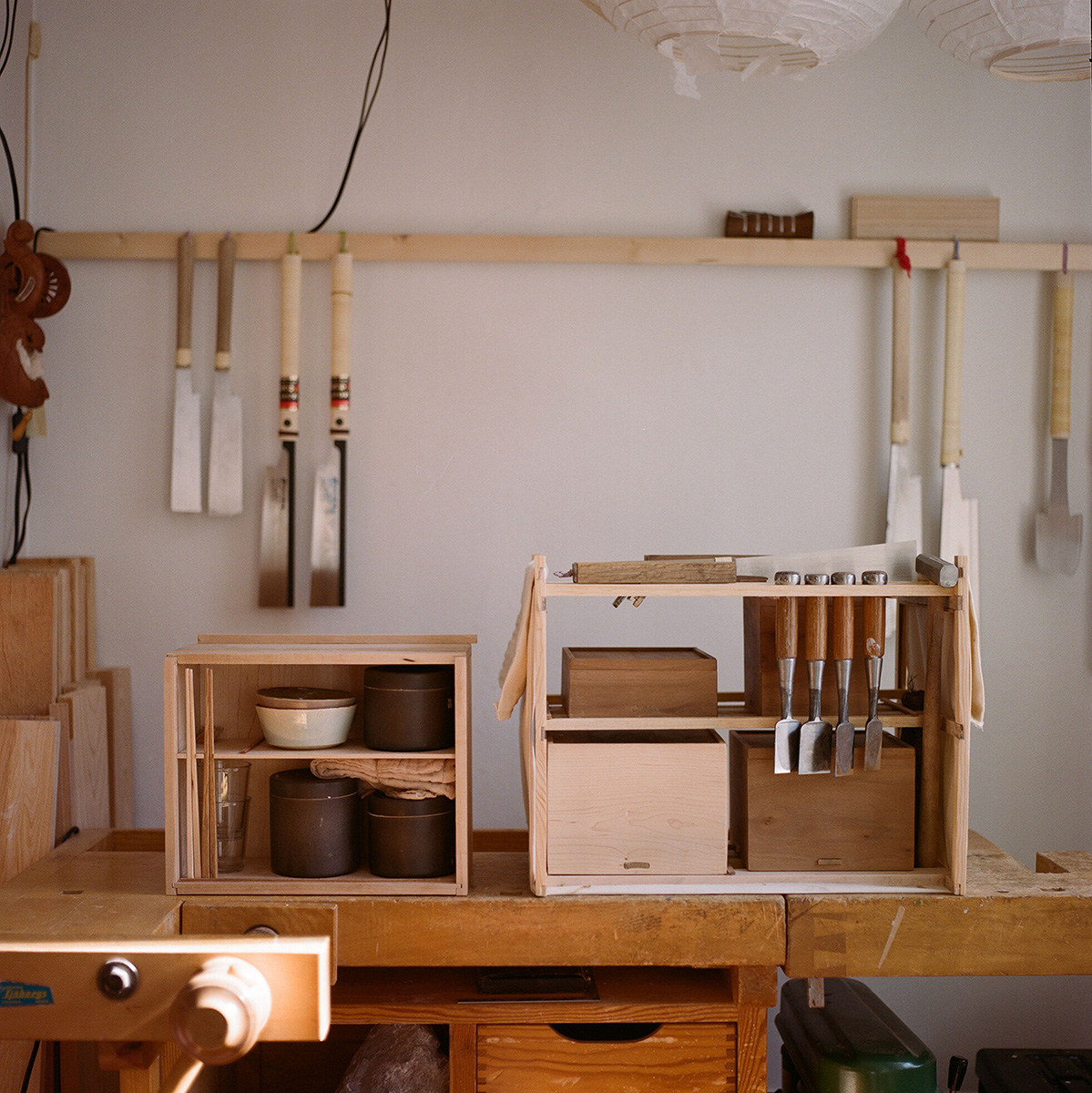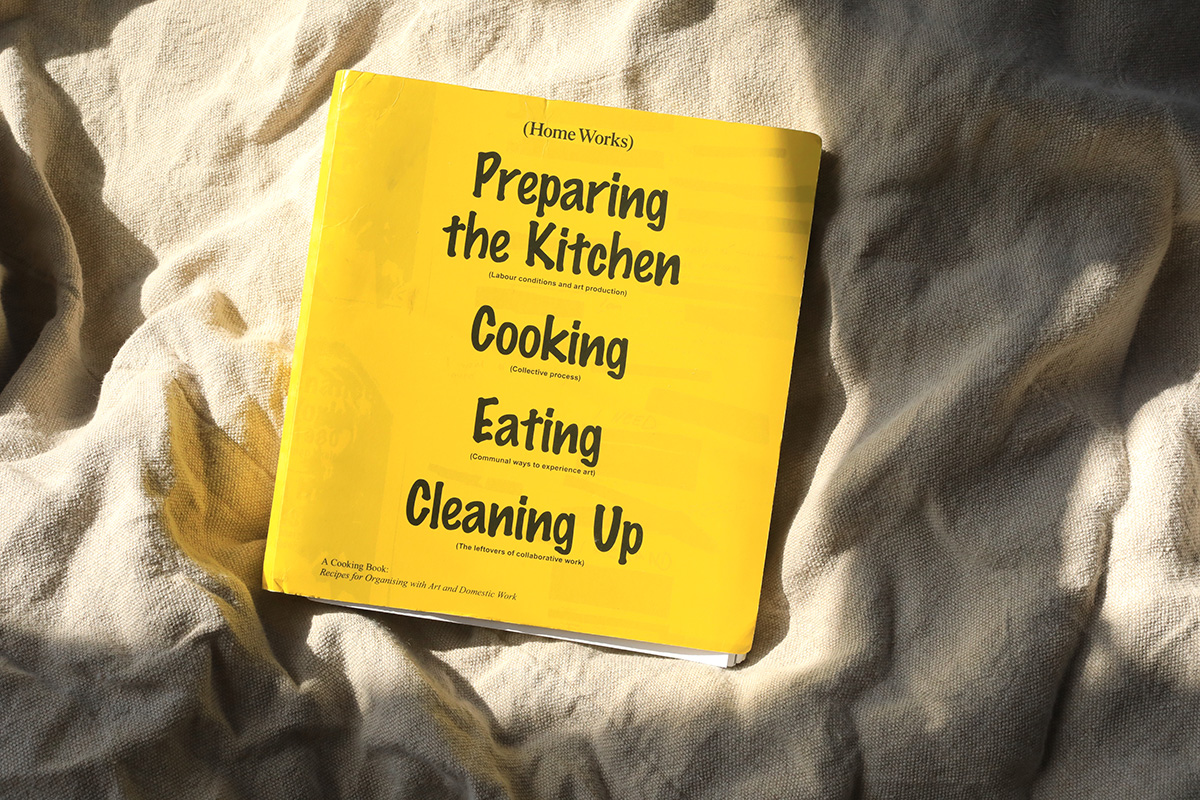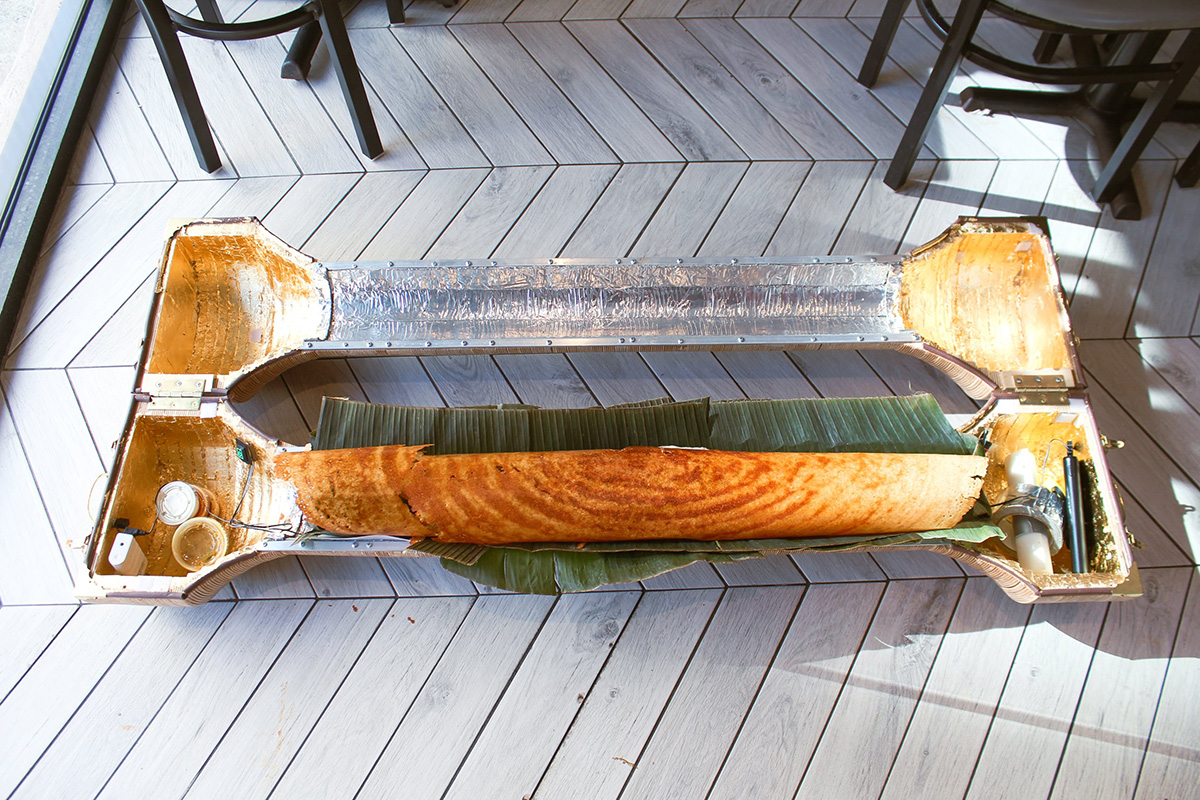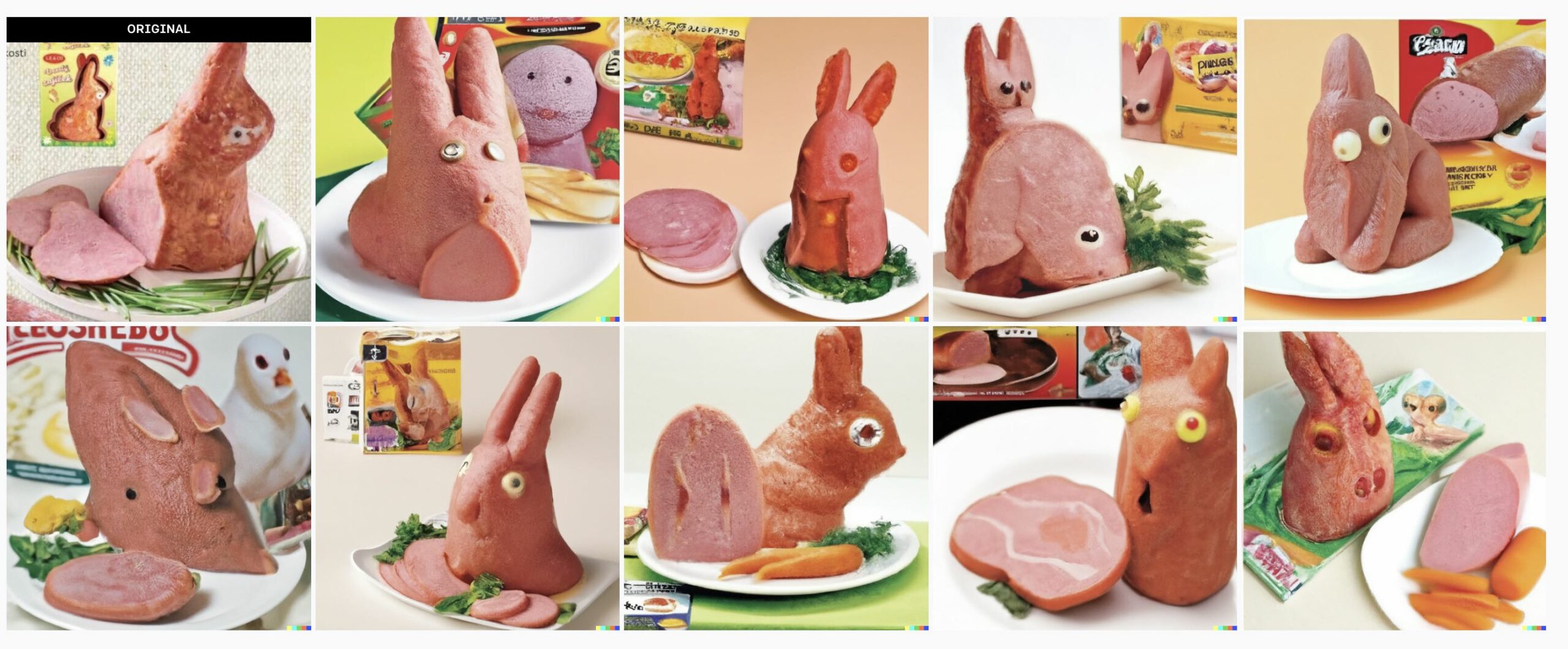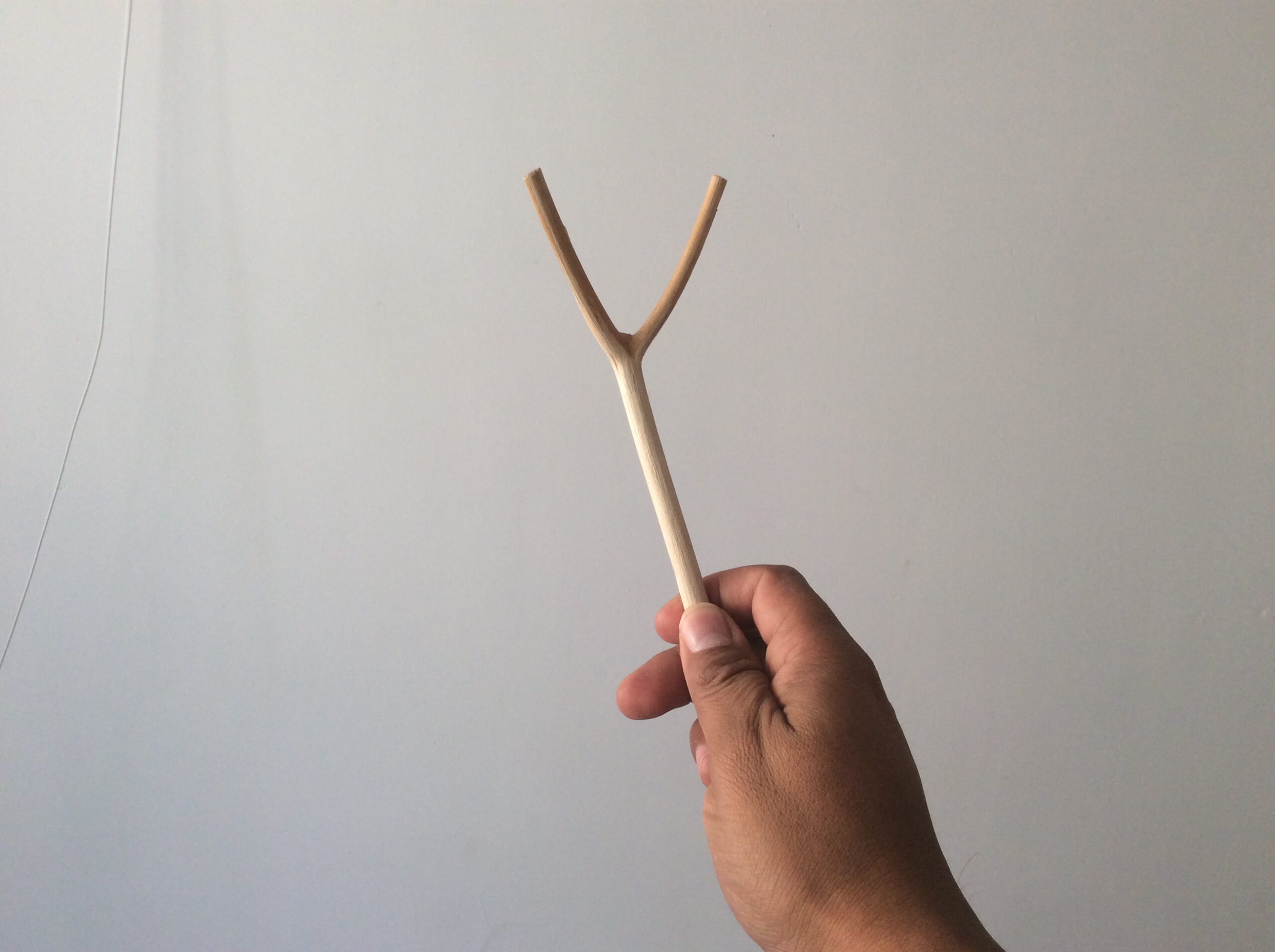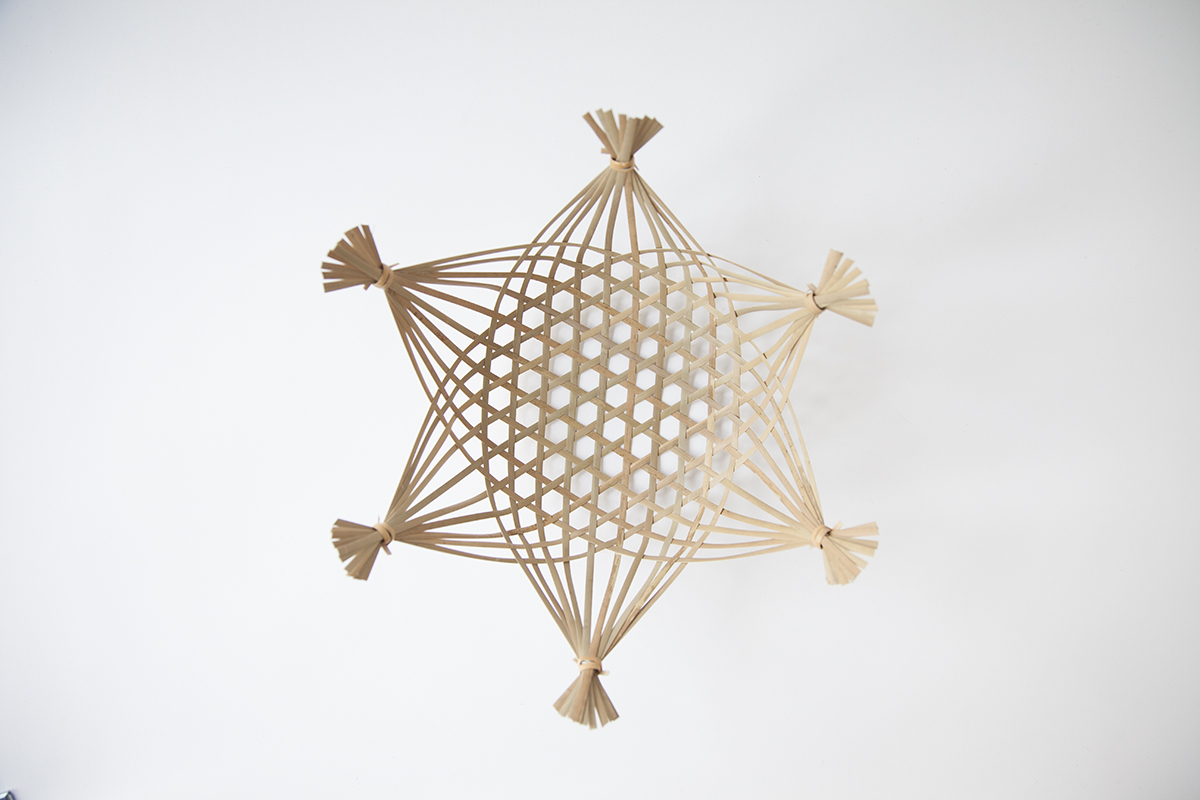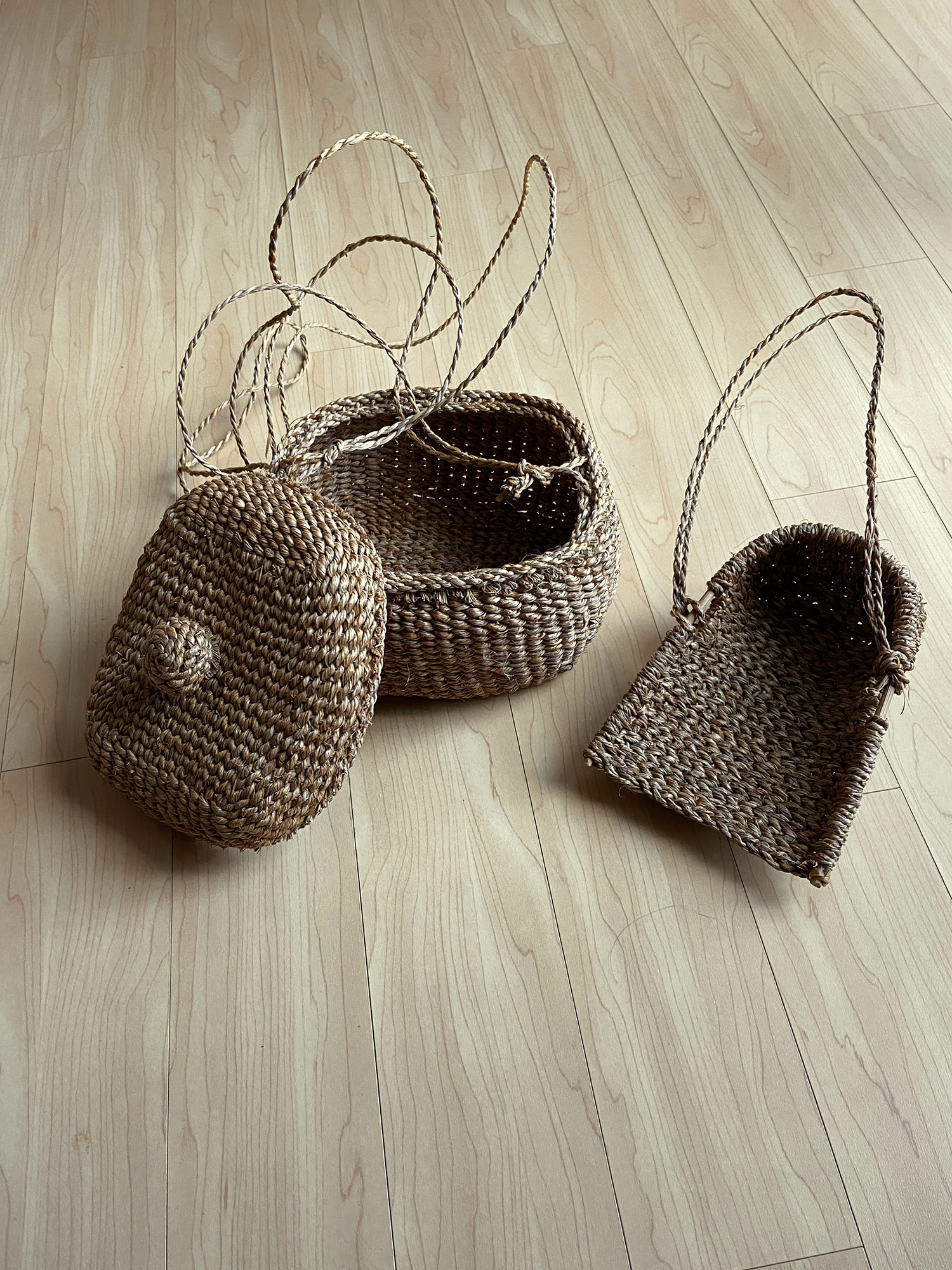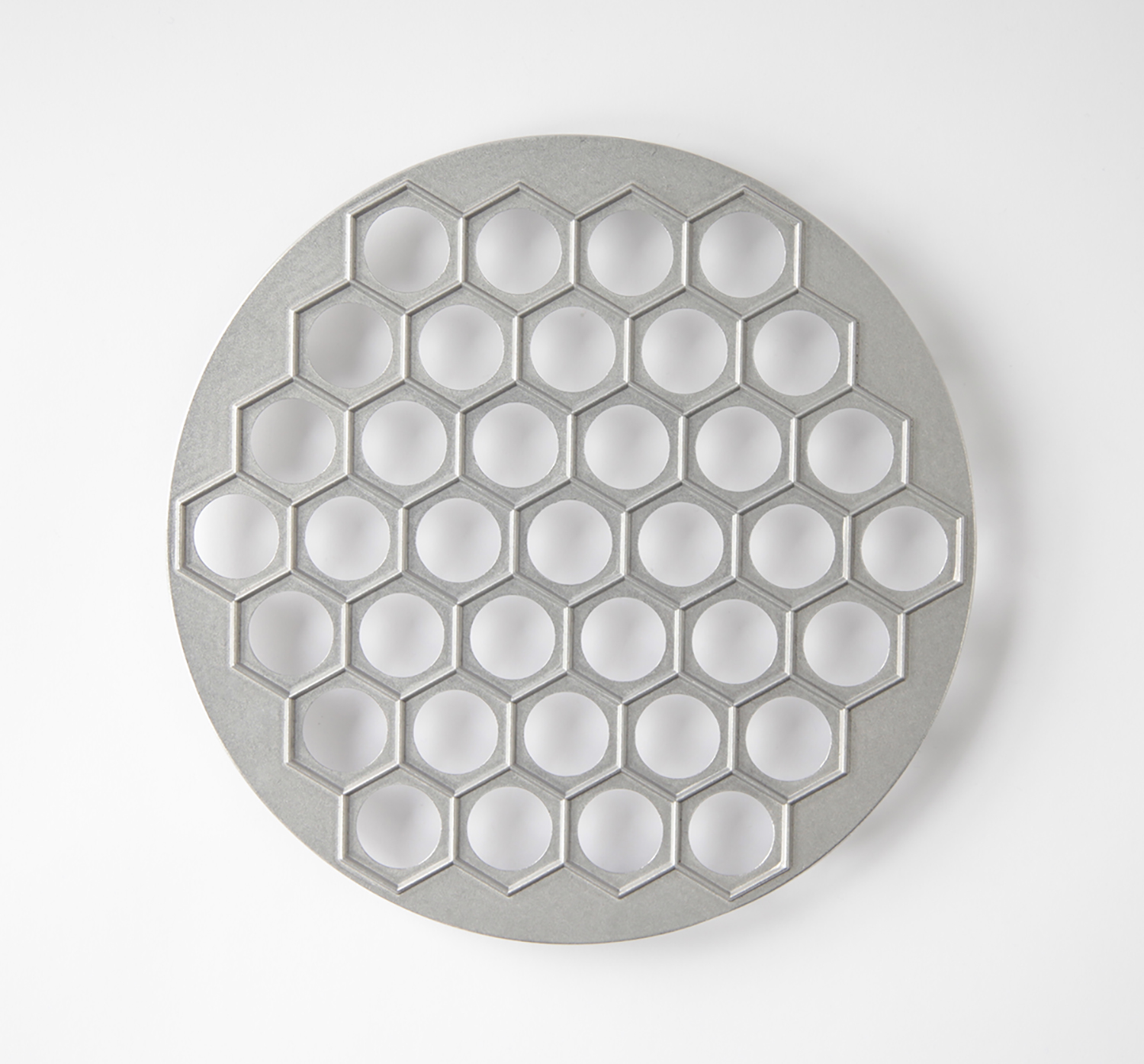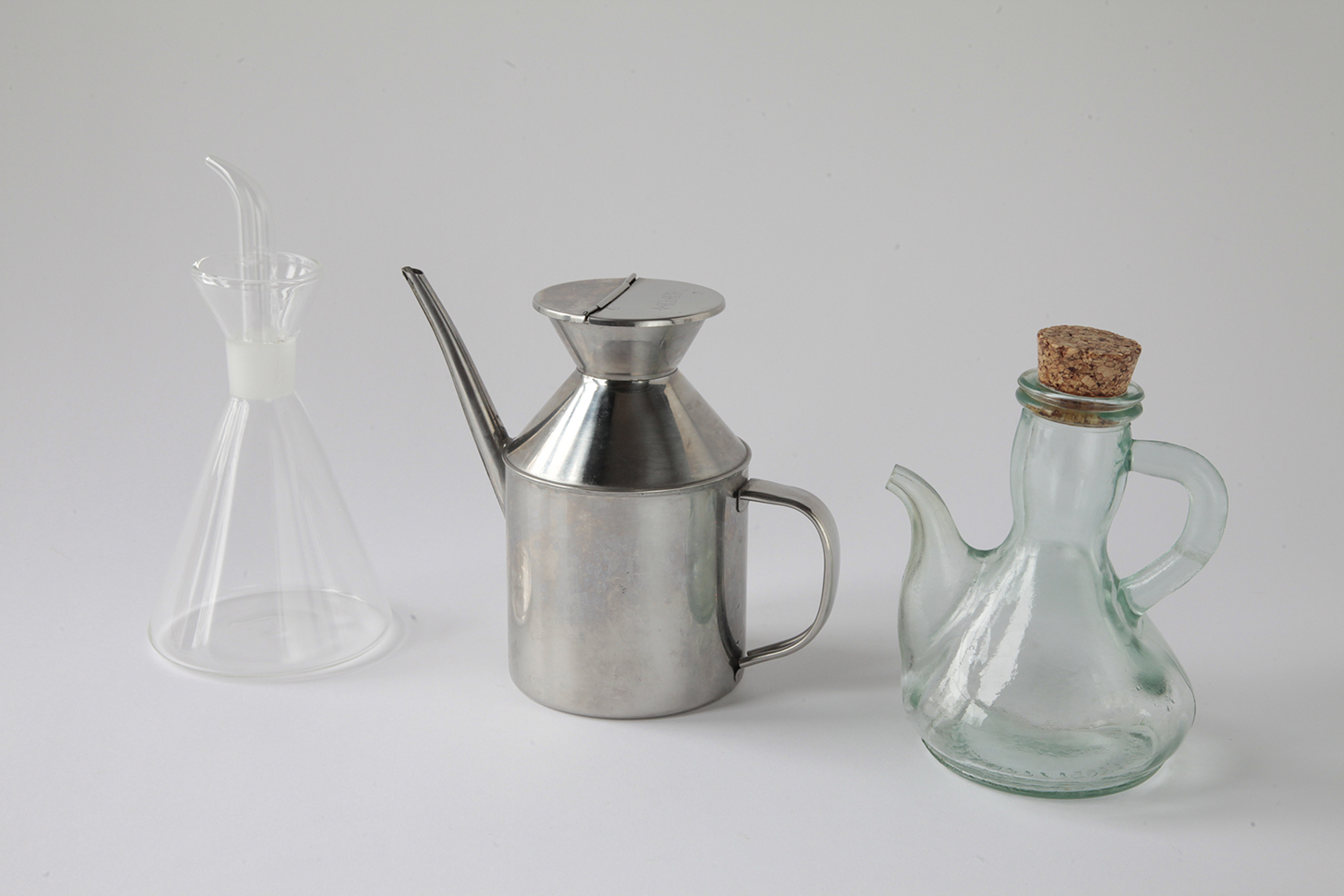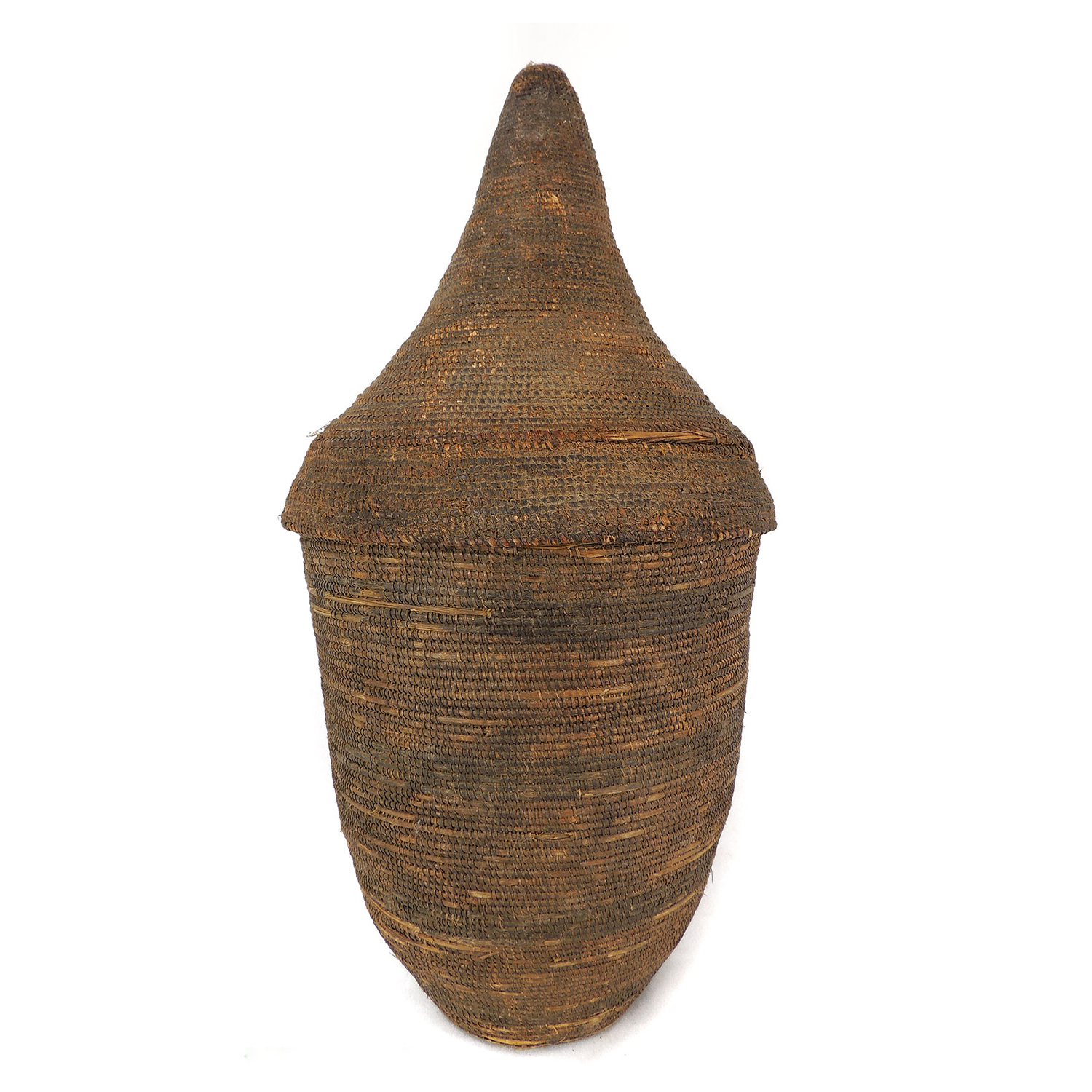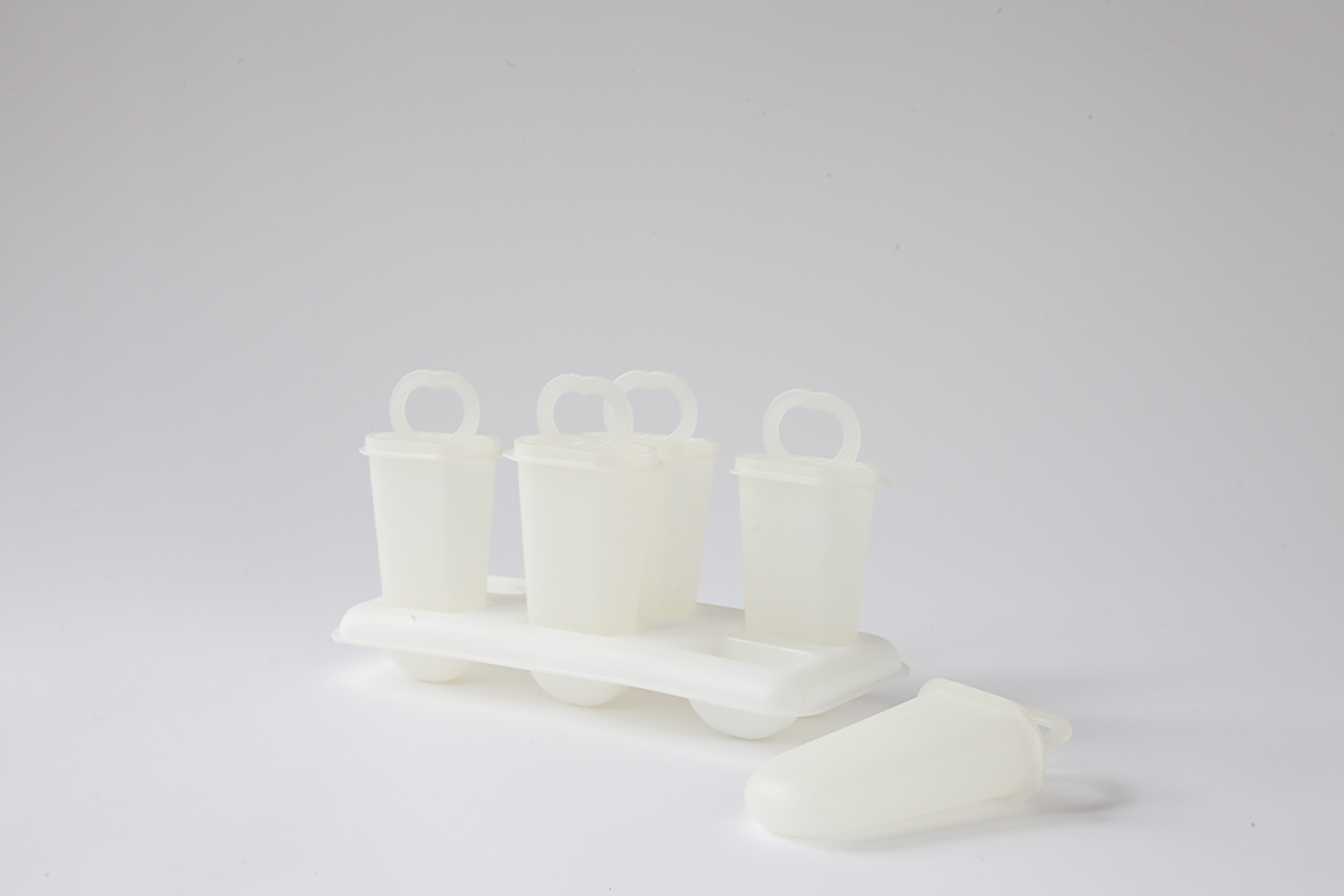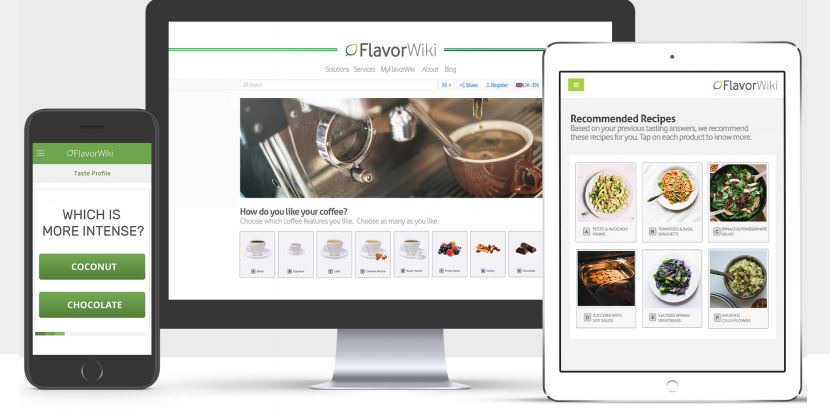It’s something we don’t put much thought into until it’s not there. In recent weeks, panic buying has created a crisis of toilet paper. Major online and box retailers like Amazon, Walmart and Target have reported selling out of the bathroom essential in the wake of COVID-19 hoarding. Toilet paper shortages are making headlines and the availability of it has become an index for our times. Suddenly, toilet paper has become a most covetable item.
But where did our reliance of toilet paper come from? And how did it become an essential product for households in the United States? Toilet paper was invented in the United States in 1857 by a New York entrepreneur, Joseph Gayetty, as a medical product to prevent hemorrhoids. Because Americans were used to using waste paper from pages of the Old Farmers Almanac or the Sears Roebuck catalogue, the idea of buying a bespoke product for handling the most taboo of bathroom topics took decades to catch on. Thanks to the ingenuity of ad men of the ’20s, the Scott brothers, who industrialized toilet paper manufacturing, and the advent of indoor plumbing, toilet paper became an accepted standard in the United States by the turn of the century.

Not much has changed with toilet paper since its inception. Today, the majority of toilet paper is still made with virgin wood pulp, with a small percentage moving towards recycled paper. According to the Natural Resources Defense Council (NRDC), an environmental advocacy group, Americans use about 9.2 billion pounds of toilet paper a year—about 28 pounds per person—all of which gets flushed into our septic systems and treated with waste water.
We can thank Canadian forests for providing the United States with a bulk of its wood for tissue paper products. The tree-to-toilet pipeline and the industrial logging that precipitates it has devastating effects on forest ecologies, Indigenous communities and wildlife. Once trees are clearcut, wood is treated with a barrage of chemicals including formaldehyde and chlorine bleach and mechanical processing to turn it into virgin paper pulp. Toilet paper wreaks havoc at every step of its production and use. According to the NRDC report, “Virgin paper begins in the forest. Clearcutting decimates the ecosystem. High-polluting mills pulp the trees. Virgin tissue and toilet paper ship globally. Disposal and decomposition emit additional carbon.”

Stepping into the fray, a new set of products has emerged to address the dual taboos of bathroom etiquette and a new brand of consumer-driven environmental consciousness. I first learned about the launch of a bamboo toilet paper company, PlantPaper, through its co-founder Scott Barry’s Instagram account. As the creative director of Sqirl, chef Jessica Koslow’s jam brand and Silver Lake restaurant of the same name, Barry has built a playful and globally recognizable brand that has come to represent values of seasonality, diversity and locality—a modern example of contemporary, ethical, California cool. It was curious to see him set a stake at the other end of the food chain with a toilet paper brand.
Along with partners Rachel Eubanks, Deeva Green, Lee Reitelman and Josh Solomon, the team behind PlantPaper are working to educate consumers on the environmental, political and bodily impact of the toilet paper industry by creating a low-impact, high quality product that families can actually afford.
As we examine our most intimate relationships and spaces during this time of self-isolation, we hope we can take a moment to shine a light on the small, overlooked, every day decisions that, in sum, create a picture of who we are in this world. In light of our current obsession with all things toilet paper, we spoke with Scott and Rachel about toilet paper ethics, branding and butt jokes, and what it means to build a community around our most intimate habits.

MOLD: Where did this idea come from to start a bamboo-based toilet paper company?
Scott Barry: We met our other three partners through Sqirl. Initially, Josh Solomon and Lee Reitelman had this a-ha moment of creating an eco toilet paper—possibly hemp-based. Josh was doing some reading into the ecological effects of the toilet paper industry and, working with some factories, trying to figure out a plant-based formula and remove all the toxins from it. I met them 3/4 of the way into their investigation and they were like, “Hey, we have this project, here’s the samples, we want to wrap a brand around it.”
Rachel Eubanks: The main things that we focus on with PlantPaper are the relationships that this product evokes, not only to the planet, but also between us and our own bodies. Traditional toilet paper has a whole host of chemicals, including bleach, formaldehyde, BPAs and dyes. There are studies that show that in our most sensitive areas we can have these micro cuts—abrasions from wearing certain clothes or using harsh paper. These chemicals can get into our bloodstreams and cause urinary tract infections, hemorrhoids, fissures—all of these things that are super taboo to talk about. With PlantPaper we landed on bamboo because it is really affordable—we don’t want PlantPaper to be a luxury product. Making the switch to something that’s better should be intuitive and affordable.
We’re basically up against these huge global companies that have ingrained in us a lot of habits that very few of us ever think about. What we’re doing here is redefining the relationship that we have to a product that we barely think about. That is until two weeks ago when it was coming up in really short supply.

To your point, one of the challenges of doing something like a toilet paper brand is actually doing education around the status quo and communicating around the reality versus what it could be. Besides the relationship aspect of the product, what are some of the other things that you guys are trying to communicate through the design?
SB: You can walk into any grocery store and it’s hard to tell any difference in the wall of toilet paper, even the eco brands. Early on we wanted to figure out a different way to package PlantPaper that feels like you’re transitioning to something completely different.
RE: And it’s taken some time. We started out with an oxo-degradable plastic packaging for the first six months after we launched from our web store. It’s taken time and effort to transition to completely plastic-free throughout our supply chain. Even when we get the product itself from our manufacturing partners, all of the containers are floor-loaded and shipped to us without any plastic inside. It’s really important to enlighten folks on how difficult and wild it is to get a product to your door that comes from somewhere else in the world.

I used to work in the coffee industry, and it’s equally complicated. The main task in that industry is also educating folks on how many people touch a certain product and contribute to getting it to your door and eventually, your bathroom.
From a design perspective, it’s about appealing to folks who already care—those going for a zero waste lifestyle, people who are raising children, or those who care a lot about the chemicals that go into their cleaning products and other daily goods that they use in their households. A big part of that is focused on packaging consumption. We really try to listen to the folks who’ve already adopted us in their homes. We’ve done that by developing a 100% recycled, recyclable and compostable chipboard carton that most of our rolls come in.

SB: I feel like our challenge has been getting it right at all levels of contact of the brand—when it’s in your hand or when you encounter it, when you’re opening it. From the photography and the more conceptual stuff, the idea early on was: let’s really connect this to the body. It’s untimely because we’re so used to seeing Instagram brands, especially wellness brands, connect to skin and the body. Since launching on Instagram a lot of brands we’re asking, how do we connect back to the person? Images of bodies made a lot of sense. But for us, we felt like it was radical in the space of toilet paper to market it using butts and bodies…
RE: …of all shapes, of all identities,
SB: …and be serious. There are a couple of other eco toilet paper brands in the space and it’s full of jokes, butt puns and emojis.
I’m coming from an advertising background that prioritizes branding and graphic design and concept. So how do we make a larger marketing concept that gets people to think about that relationship seriously and not as a joke?

I think that’s a really good point. We never think about the impact of toilet paper. I was shocked to find out from that Mel magazine interview you guys did about the politics of it! But it’s also taboo to talk about our bathroom habits so I was really interested in your choice of using photography to address the topics head-on.
SB: It’s been challenging to find moments in the photography that feel really good versus using the body as a point of sales or using imagery to be shocking. One thing we loved is eye contact—someone looking at you—you’re connecting it to a basic thing that we’re all experiencing.
It would be fairly easy to just shoot butts—okay, the butt connects to toilet paper, the butt connects to the body—but it’s such a complicated space on our bodies, especially in advertising. How do you connect that taboo thing and that system that we use every day and make you think outside of it? It’s something we still think about often.

RE: Another aspect of that messaging we’ve worked on is the political aspect of the toilet paper industry. Two-thirds of all toilet paper brands in the United States are tied to Koch Industries, and folks have no concept of that. [Editor’s Note: Koch Industries owns paper goods manufacturer Georgia-Pacific which produces brands like Angel Soft and Quilted Northern.] People have no idea who ultimately controls the brands that they invite into their homes every day. As a queer woman and as folks who are part of really dynamic communities, we want to use diverse visuals to remind us that every choice we make is really political.
SB: We started doing a bunch of reading and it was one of these moments of connecting things—following the Koch brothers’ money and their revenue stream from paper products and toilet paper, specifically, and then where that money is going. A lot of their funding for lobbying goes to things like…
RE: …anti-choice campaigns, legislation that works directly against queer communities…
SB: …and financial backing in support of politicians that are driving these campaigns. You can follow $300 million of their money into accounts that were supporting anti-choice campaigns last year. These are things that have a huge political impact and are being funded, in large part, by toilet paper.

Another project you’re known for is your work with Sqirl—taking the values that the best kind of neighborhood restaurant would have and translating it to a global audience. How is the work you’ve done in the food space inform how you are thinking about toilet paper?
SB: I don’t know how they’ve informed each other but I’ve learned with Sqirl that being flexible with the brand and allowing it to grow—not being afraid of breaking a standard or breaking new territory—is what keeps it interesting. We’re constantly shifting and adjusting and changing with Sqirl and it’s never just a logo slapped onto everything. It’s always a thought and an investigation. We’re just trying to have fun and connect it to outside things we’re interested in.
Similarly with PlantPAPER, we’re trying to make these connections and forge relationships—whether it’s working with photographers that we like or picking a typeface from someone that we love and believe in. All the little touch points are growing a community and rooting those connections. Brands are now more like communities than a visual guideline, and if you let the community put that guideline together, it’s never just about you as an individual. It feels like it’s a collective of people and designers and photographers working on it.

I think it really comes through in the storytelling that you do with the packaging and on social media. The last question I have comes from a quote from Scott in Mel magazine where you say, “the thing is, though, we don’t really need toilet paper in the first place.” So to the idea that this brand is always evolving, is one of the end goals of PlantPAPER to design our way out of using toilet paper?
SB: Yeah, I think so. From the beginning when I met Josh, I was like, what about the ecological effects of using a bidet? Totally, bidets are the best thing for the world and we should all be using them.
[Read our story on TOTO and the future of toilet technology from MOLD Magazine, Issue 01]
RE: We’re not going to be a bidet company. There are plenty of other folks who make great bidets that are affordable, but our hope now is to change habits, which is a lot of work in itself. We are a toilet paper company, but ultimately we’re a group of people that want this place to survive…
SB: …we talk about it as a remedial step. The end goal would be like, yes, let’s all use bidets, let’s all use composting toilets.
RE: Even using very minimal paper, if you need that at all. A lot of folks use cloths, a lot of people don’t use toilet paper at all. It’s changing culture and that is something that design has the power to do. In the meantime, we just want to make a better choice, more available for people.
